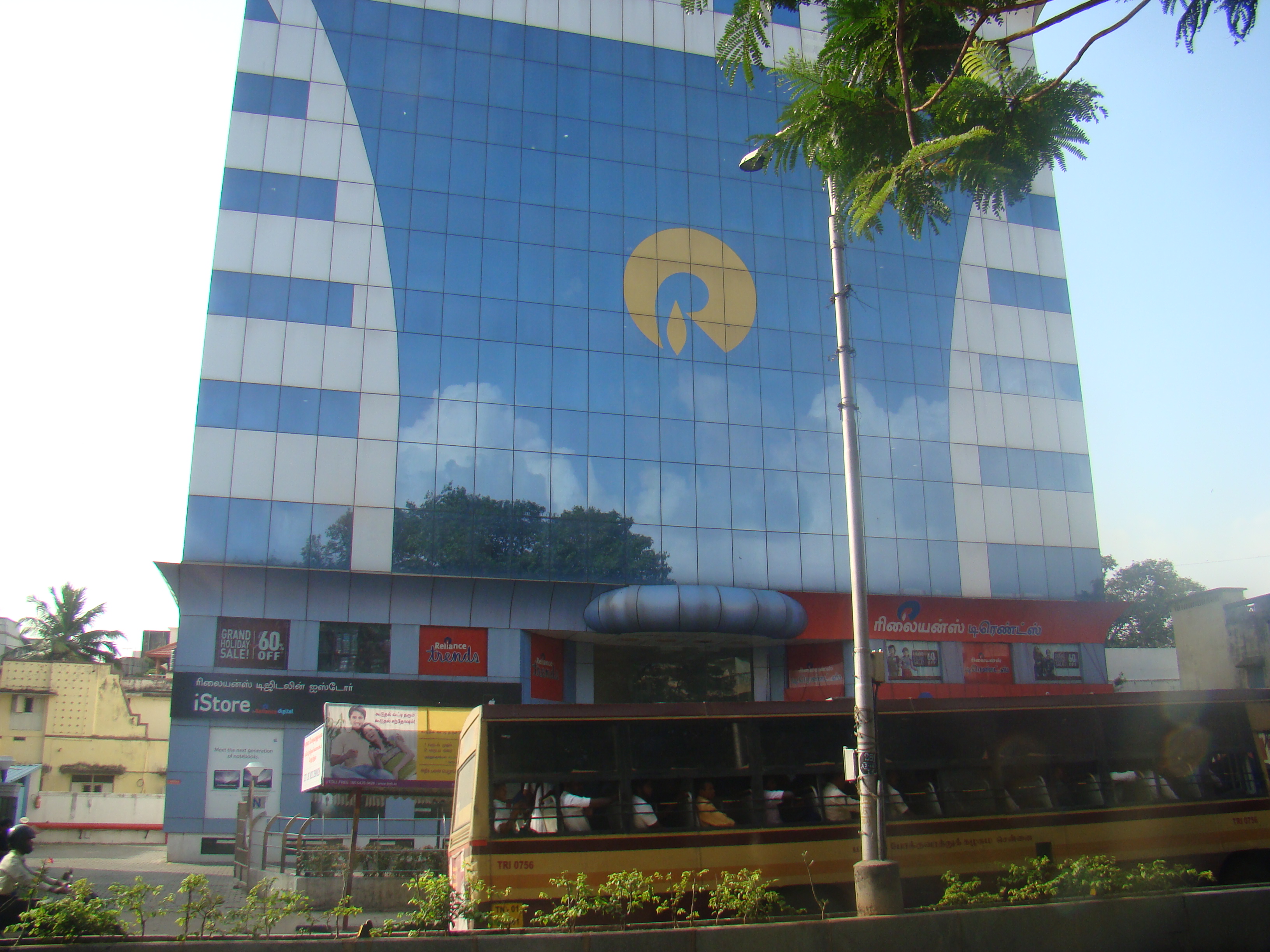

Carnatic String Quartet (2020)
for
String Quartet
by
Robert Morris
Program Notes
Carnatic String Quartet is my fifth string quartet. As the title might imply there is a connection between this work and Carnatic classical music of south India. While I do not try to imitate the styles and performance practices of Indian music in the quartet, the piece is based on the 72 fundamental “melakarta” musical scales as set forth by Venkatamakhin in his treatise Chaturdandi Prakaasikaa as amended by Govindhacharya in the 17th-century. These scales include all western scales and modes and are well known to every musician in south India.
My quartet presents these Indian scales over its three movements in an order that preserves the greatest number of common tones from scale to scale in the sequence. Therefore, the quartet is a series of 72 sections divided into three movements of 23, 25, and 24 sections each. The rhythmic language in the quartet has some connection to various rhythmic patterns in Indian music, such as systematic permutation and repetition especially in groups of five or seven units. Other rhythmic devices involve composed-out sensa misura passages and parlando styles.
The first movement commences with the quite chromatic scale called Raghupriya whose notes are C Db Ebb F# G A# B. The body of this movement introduces most of the textures and musical processes that occur throughout the entire quartet. By contrast, the second movement begins in a new direction involving a free rhythmic form of heterophonic counterpoint. (The first scale in this movement is the scale Chitambari, C D E F# G A# B, transposed to A). Perhaps this section and ones like it will seem "eastern" to the listener, and indeed there are similar textures in Arabic classical music, called taqsim. While there is nothing wrong for listeners to make such connections to what they may know of non-western music, the quartet was not composed to make such allusions but to take advantage of the structural properties of each of the melakarta scales. The last movement contains many of the (church) modes found in Western music, such as the Ionian, Dorian, Phrygian, etc. Thus, this music has affinities with the pan-diatonic styles of 20th-century western music by composers such as (middle period) Igor Stravinsky, Benjamin Britten, (early) John Cage, Lou Harrision, etc. The music eventually returns to the chromatic sound of the opening movement with the scale Pavani, C Db Ebb F# G A B (just one note different from the opening scale of the piece).